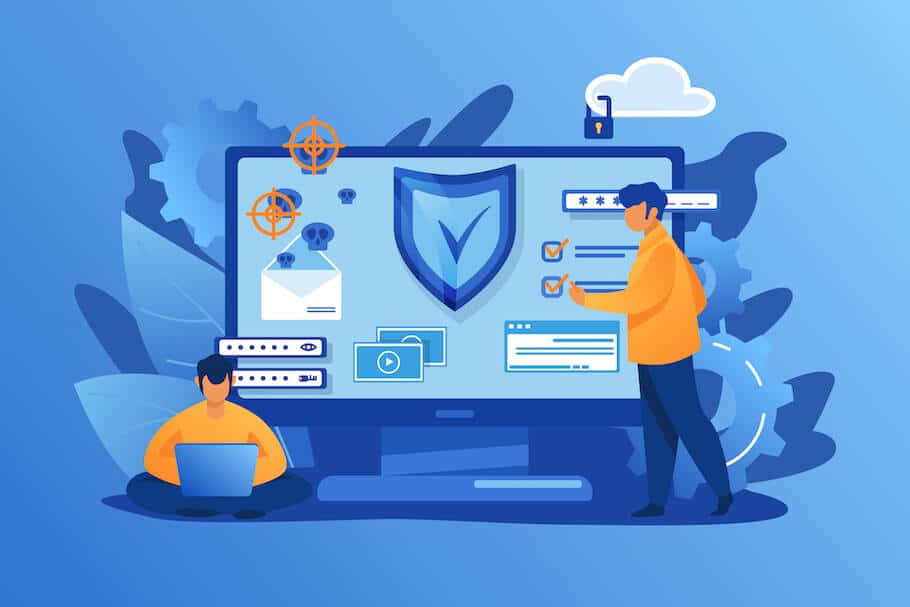
Zero Standing Privileges (ZSP) is a leading cybersecurity practice that aims to prevent unauthorized users from gaining access or having their privileges escalated.
“Ransomware attacks cost an average of $4.54 million, while data breaches cost an all-time high of $4.35 million last year.”
To reduce the attack surface and mitigate the effects of security breaches, the core principle of Zero Standing Privilege (ZSP) is to grant people just the rights they need to do their jobs.
On the other hand, there are certain difficulties associated with using ZSP. The article examines the complexities of Zero Standing Privileges and the challenges companies encounter and offers practical answers to these problems.
Establishing the Concept of Zero Standing Privileges
The term “zero standing privileges” describes a security model where users do not initially have any standing privileges. Instead, users are granted access rights only when needed to complete a particular activity. This approach aims to secure systems by making privileged access less obvious and harder for people to do things without permission.
Core Tenets of ZSP
The core tenets of ZSP are:
- Just-in-Time Access: Limiting the window of vulnerability, users only acquire privileges as needed.
- Least Privilege Principle: Users are allowed only the bare minimum of access rights necessary to carry out their duties.
- Continuous Monitoring: After a job is finished, active monitoring ensures that privileges are removed to avoid lingering access.
Challenges in Implementing Zero Standing Privileges

Following are the challenges in Implementing Zero Standing Privileges and their solutions:
Aversion to Transformation
Challenge:
One typical obstacle to implementing ZSP is organizational resistance to change. Workers can hesitate to give up their standing rights if they think it would slow them down or mess with their workflow.
Solution:
Training and Education: Employees can be taught the merits of ZSP through well-rounded training programs, highlighting how it improves security without sacrificing productivity. One way to stress how critical it is to implement ZSP is to provide concrete instances of security breaches that have already occurred.
Connecting to Existing Systems
Challenge:
Many companies use antiquated systems that can not work with new ZSP frameworks. The challenge of adapting pre-existing infrastructure to meet ZSP standards is real.
Solution:
Gradual Transition: Organizations can take a gradual approach rather than a sweeping change. To ensure a seamless integration without affecting mission-critical activities, migrating systems to implement ZSP principles gradually is recommended. Over time, this can necessitate the update and modernization of older systems.
The Dangers of RBAC (Role-Based Access Control)
Challenge:
Roles can be defined and managed in a complicated method that complies with ZSP. Accurately classifying jobs and granting people the exact rights required for their responsibilities is a common challenge for organizations.
Solution:
Regular Role Audits: Organizations can improve their RBAC policies by auditing privileges and roles regularly. Automated tools are available to help find inconsistencies and ensure users can only access what they need for their jobs.
Potential Impact on Productivity
Challenge:
Some worry that ZSP can slow down processes by making accessing users’ desired features take longer, which can be a problem in fast-paced settings.
Solution:
Optimized Workflows: One way to address concerns about productivity is by automating and streamlining the process of getting rights. Quick and secure privilege requests can be facilitated by solutions that organizations can invest in, allowing for minimum disturbance to normal operations.
Ensuring Tracking and Responsibility
Challenge:
The tracking and auditing privileged access requires sophisticated monitoring tools, which can be tough to maintain. Companies risk being blindsided by possible security breaches if they don’t have enough supervision.
Solution:
Powerful Tools for Monitoring: To overcome this obstacle, sophisticated monitoring systems must be implemented to reveal user actions in real-time. By using stringent accountability procedures, organizations should also inform employees that their behavior is under intense scrutiny.
Difficulties with Third Parties and Vendors
Challenge:
Many companies in today’s linked economy depend on products and services offered by other parties. A major obstacle is making sure that outside parties follow ZSP guidelines.
Solution:
Contractual Obligations: Businesses can include ZSP criteria in their agreements with outside parties and providers. The best way to ensure that outside parties respect your organization’s security measures is to lay out exactly what you anticipate from them regarding access rights and security rules.
Shadow IT and Unsanctioned Access
Obstacle :
Shadow IT, where users employ illicit software and platforms, can sabotage ZSP initiatives. Vulnerabilities introduced by unapproved access points could go undetected.
Solution:
Powerful Resources for Discovery: Implement systems that monitor the network for real-time shadow IT and illegitimate access points. Make your expectations about the use of third-party technologies very clear, and remind employees on a regular basis of the dangers of unauthorized access.
Advanced Multi-Cloud Setups
Challenge:
The complexity of administering access controls in multi-cloud systems increases when many platforms have various security models and architectures. It gets more difficult to achieve a uniform ZSP strategy.
Solution:
Integrating Access Management and Identity (IAM): Use a single identity and access management solution with different cloud providers. No matter the cloud infrastructure, this will guarantee that ZSP standards are consistently enforced.
Inadequate Record-Keeping and Auditing
Challenge:
A lack of proper auditing and recording procedures can make tracking and investigating security events involving privileged access harder.
Solution:
System Improvements for Logging: Set up thorough logging mechanisms to record information regarding privileged access. To proactively respond to possible security risks, monitor and analyze logs regularly to identify unusual actions.
Financial Limitations
Obstacle :
New technology, training programs, and continuous maintenance can be necessary to implement ZSP. For smaller groups, in particular, financial limitations can be a major obstacle.
Solution:
Implementation Roadmap with Priorities: Create a strategy for the gradual rollout of ZSP that focuses on its most important features. Distribute funds according to the risk profile, initially focusing on the most pressing issues and then extending the implementation as funds allow.
The ZSP Revolution: Streamline Security & Save Time, Money, Effort : Best Practices

Forget clunky security processes, revolutionize your strategy with Zero Standing Privileges (ZSP) and secure more, simplify operations, and slash costs. But navigating this transformative approach requires savvy planning and best practices. Here’s your roadmap to a smooth, successful ZSP deployment:
- Thorough Risk Evaluation: To properly identify vital assets, possible dangers, and weaknesses, a comprehensive risk assessment must be carried out before implementing ZSP.
- Continuous Training and Awareness: Ensure your staff knows ZSP is important by holding frequent training sessions and awareness campaigns to cultivate a security-conscious culture.
- Powerful Privilege Automation: Implement automated privilege management solutions to save time and avoid human mistakes while issuing and removing permissions.
- Regular Audits and Compliance Checks: Ensure everything is in line with ZSP principles by regularly auditing access logs, rights, and roles.
- Integration with DevOps Practices: The development and deployment lifecycle must incorporate security, so ZSP and DevOps approaches must seamlessly integrate.
- Incident Response Planning: Create a comprehensive plan for managing security issues involving privileged access and ZSP.
- Feedback Loop and Continual Improvement: Make sure that ZSP is always improving by setting up a system that considers user, security team, and audit input when making changes to policies and procedures.
- Comprehensive Evaluation of Vendors: Verify that third-party providers adhere to ZSP guidelines by conducting comprehensive evaluations of them. Ensuring secure procedures, including ZSP criteria in vendor contracts, is important.
Using Whiteswan Security for Zero Standing Privileges to Navigate the Security Horizon
To achieve ZSP excellence, firms require a well-versed partner in cybersecurity and can offer customized solutions to tackle their specific problems. With a range of services tailored to assist enterprises in their ZSP journey, Whiteswan Security stands out as a leader in experience and innovation in this space.
1. Managing a Dynamic Environment
By utilizing state-of-the-art automation and role-mapping solutions, Whiteswan Security guarantees that access rights adapt to the constantly evolving hierarchy of duties. This ensures that enterprises can keep ZSP secure in constantly changing situations.
2. User-Centric Privilege Request Systems
Whiteswan Security has alleviated user experience problems with its intuitive interfaces and simplified operations. Organizations can ensure that adopting ZSP doesn’t hurt but improves user experience by using intuitive privilege request mechanisms.
3. Ensuring Compliance
With the help of Whiteswan Security’s bespoke compliance modules, businesses can easily combine ZSP principles with regulatory mandates. By doing so, we can ensure that ZSP aligns with industry and regulatory requirements while enhancing security postures.
4. Encouraging Collaboration Across Different Functions
Whiteswan Security facilitates departmental seminars and collaborative activities to assist corporations in breaking down barriers and promoting cooperation across different functions. As a result, all teams and departments will be working toward the same goal of implementing ZSP.
5. Identifying and Addressing Shadow IT
To make sure that unauthorized access points don’t hamper ZSP activities, Whiteswan Security offers thorough discovery tools to find and eliminate shadow IT. To keep their security landscape under control, businesses should raise awareness and enforce regulations.
6. Multi-Cloud Security Management
With Whiteswan Security’s unified Identity and Access Management (IAM) solutions, businesses can easily deploy ZSP in various multi-cloud setups. No matter the cloud infrastructure, this single method guarantees consistent security enforcement.
7. Solutions for Strong Logging and Auditing
Whiteswan Security provides improved logging systems that record specifics about privileged access in response to the problem of inadequate logging and auditing. With this capability, companies can proactively keep an eye out for and deal with any security problems that can occur.
8. Strategies for Cost-Effective Implementation
Whiteswan Security works with customers to create prioritized implementation roadmaps, understanding the budget restrictions enterprises face. Companies can carefully spend resources by implementing ZSP in stages, tackling high-priority areas first and then broadening the rollout.
Achieving Tomorrow’s Security Now
Whiteswan Security’s partnership is becoming more important as firms implement Zero Standing Privileges. In a world where cybersecurity is more than just a need—a proactive and strategic advantage—Whiteswan Security helps firms succeed by utilizing innovative solutions and experience. Click here for an “Interactive Product Tour“.
Whiteswan Security – embracing ZSP excellence – safeguarding the future, now!



